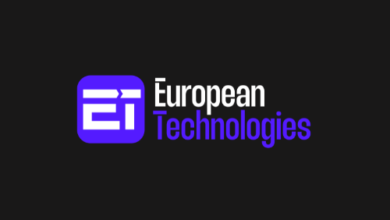Generative AI – from experimentation to catalyst

Generative artificial intelligence (GenAI) brings together the endless possibilities of data with the vastness of human thought. Artificial Intelligence is not a new phenomenon. Whether that’s looking back to 1941 with Alan Turing building an analogue computer to crack the Enigma cipher during the second World War, or IBM’s Deep Blue defeating reigning world chess champion Garry Kasparov in 1997. What is a new phenomenon is the advent of GenAI self-service tools, democratising knowledge for consumers.
Despite this, organisations are grappling with how to deploy the technology to drive their business forward, while also balancing the risks and responsibilities associated with it.
A recent Deloitte GenAI Pulse survey of over 2,800 business and technology leaders globally showed that 79 per cent of respondents expect GenAI to transform their business within three years. But in practice, they are most focused on gaining practical benefits today – improve efficiency and productivity (56 per cent), reduce costs (35 per cent), and improve existing products and services (29 per cent).
In my day-to-day work with clients, I am seeing many more organisations attempting to move from isolated testing and boardroom strategy to deploying GenAI models and products at scale into frontline systems, processes, and teams.
The tech industry’s big players are investing heavily in research and development to improve the accuracy and effectiveness of GenAI, as there is a growing demand for these types of solutions across various industries. Increasingly major tech implementation programmes are now embedding GenAI in areas from code generation to automated testing procedures. Models are being integrated across the business.
Some recent examples we in Deloitte have worked on include, in retail, developing creative tools to assist with content creation, in healthcare, to develop personalised treatment plans for patients, and in financial services to analyse market data for more informed investment decisions. This demand is driving innovation and competition, with many start-ups and smaller companies entering the market; further democratising the technology.



